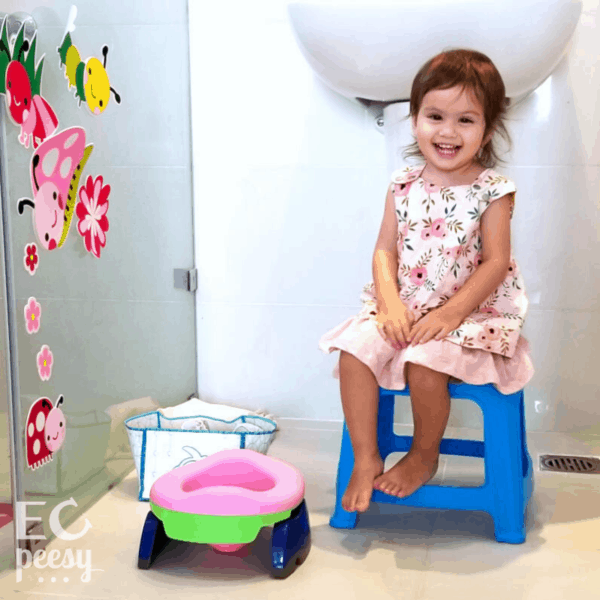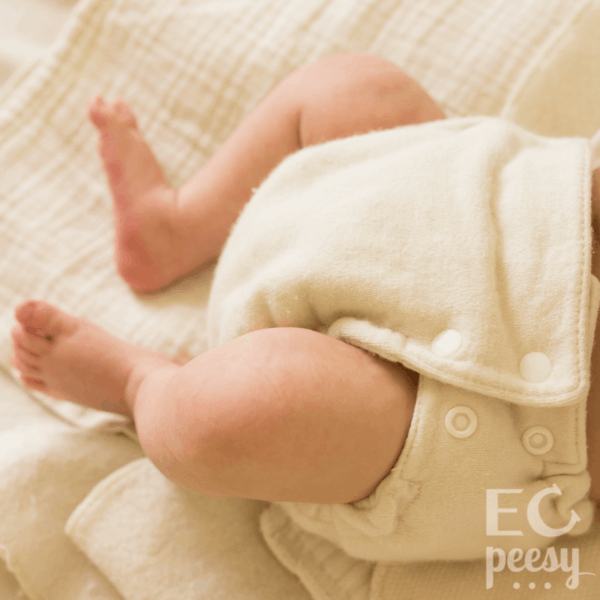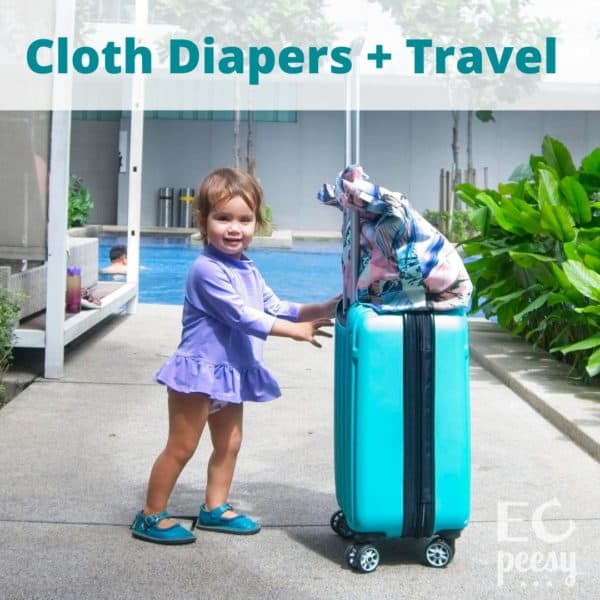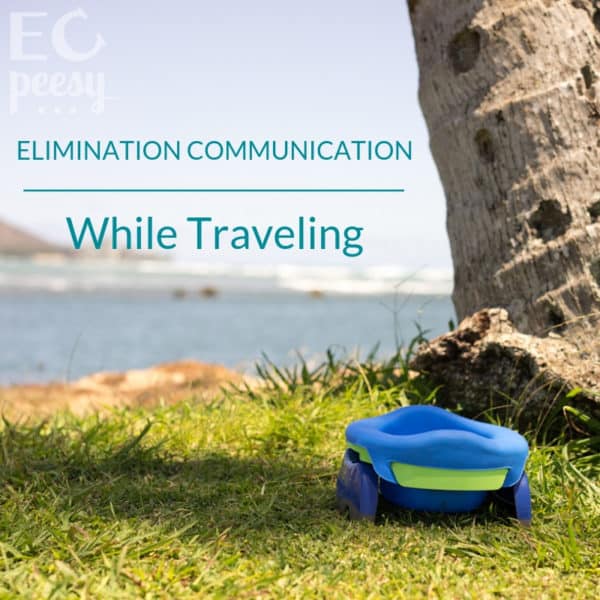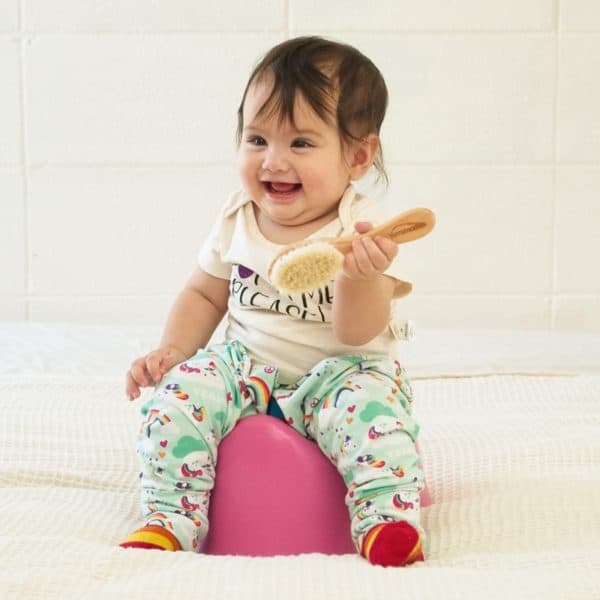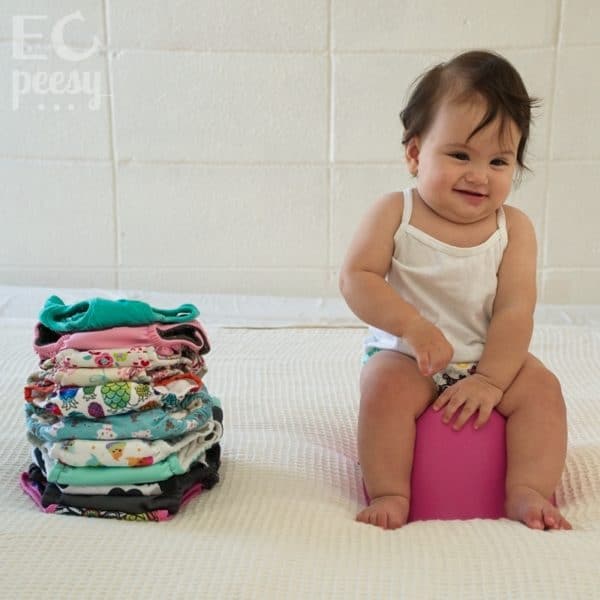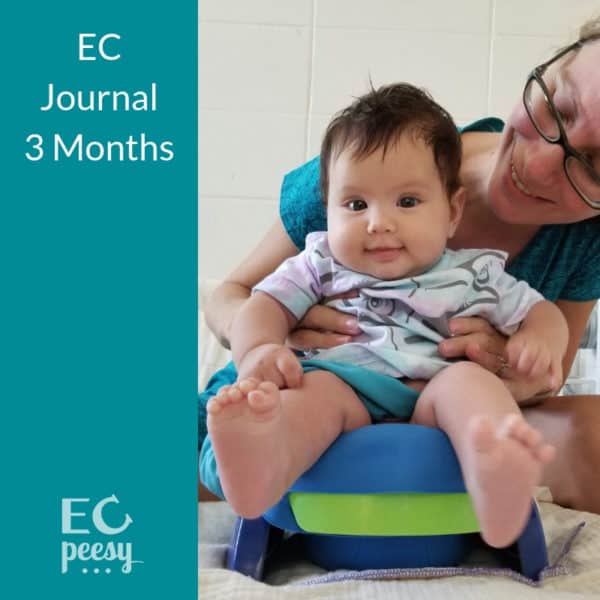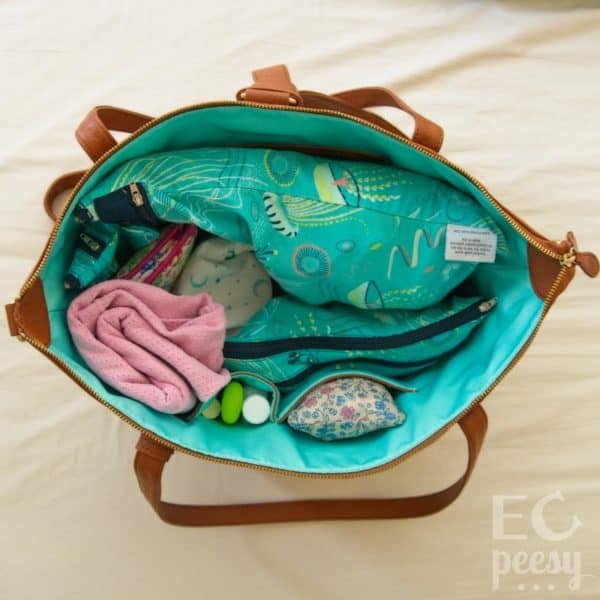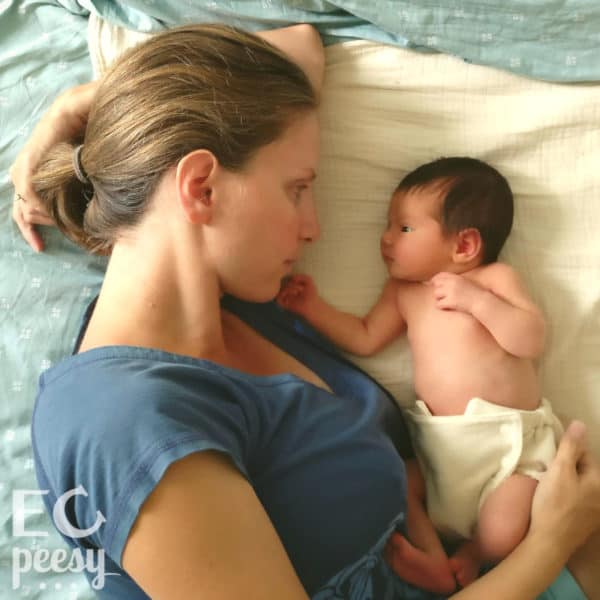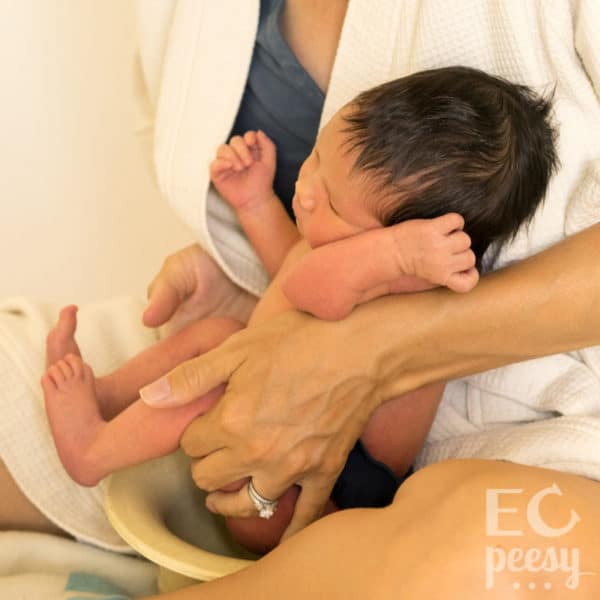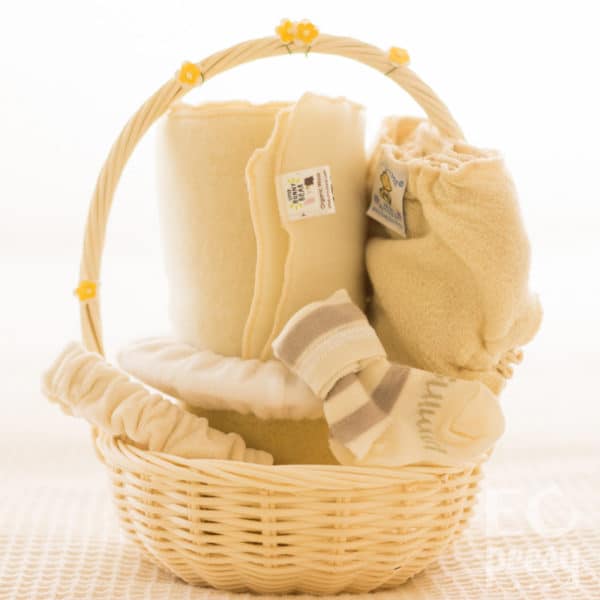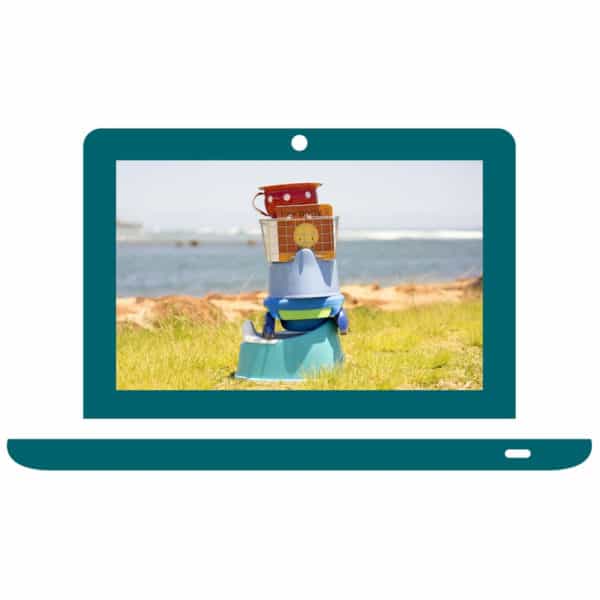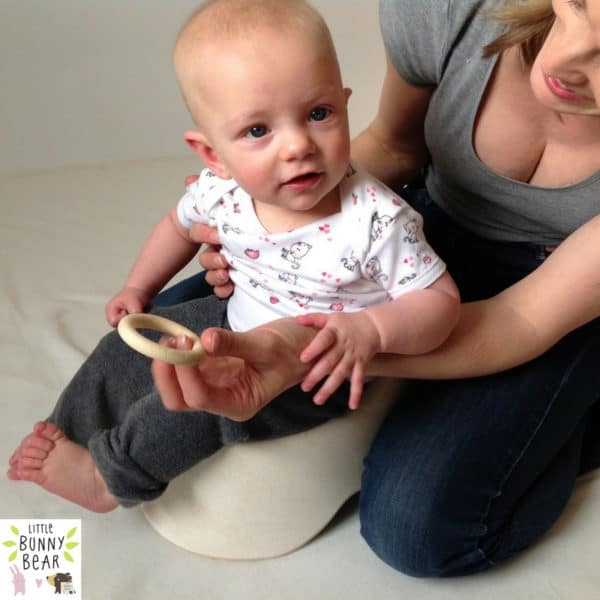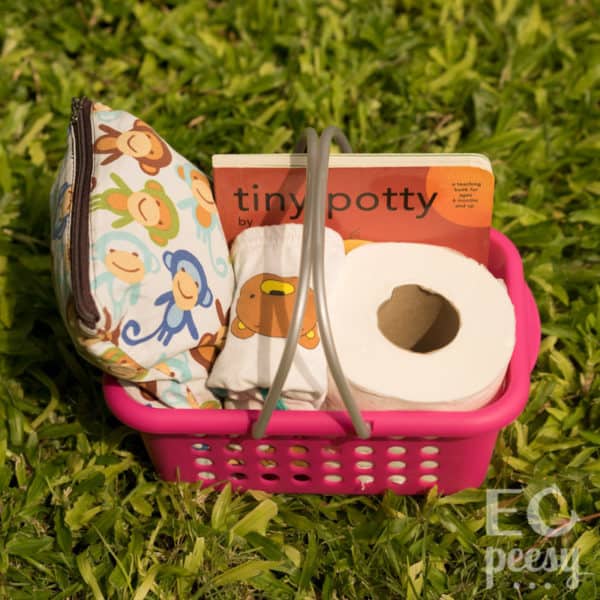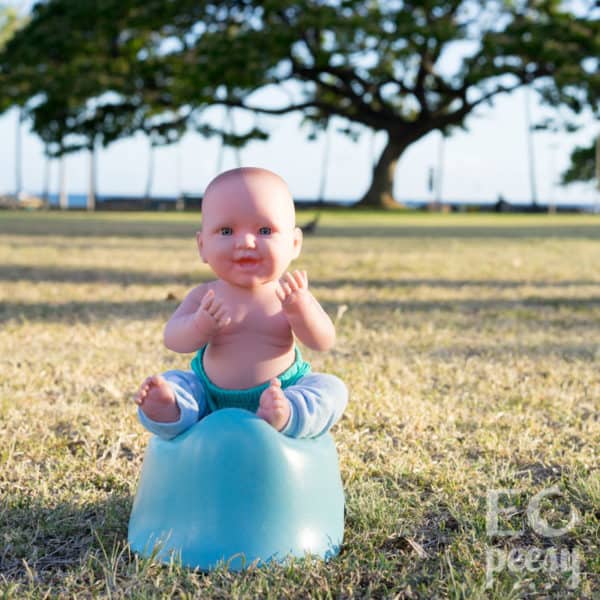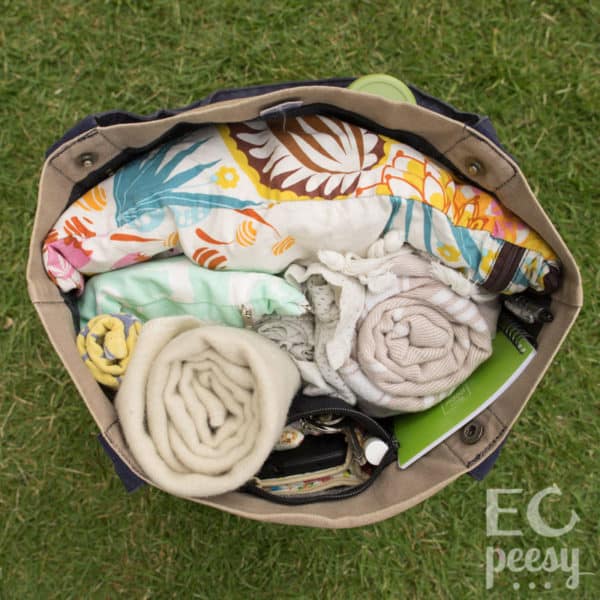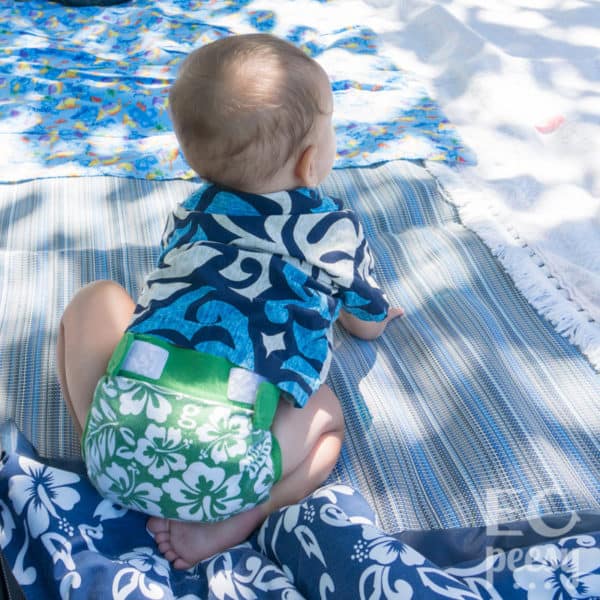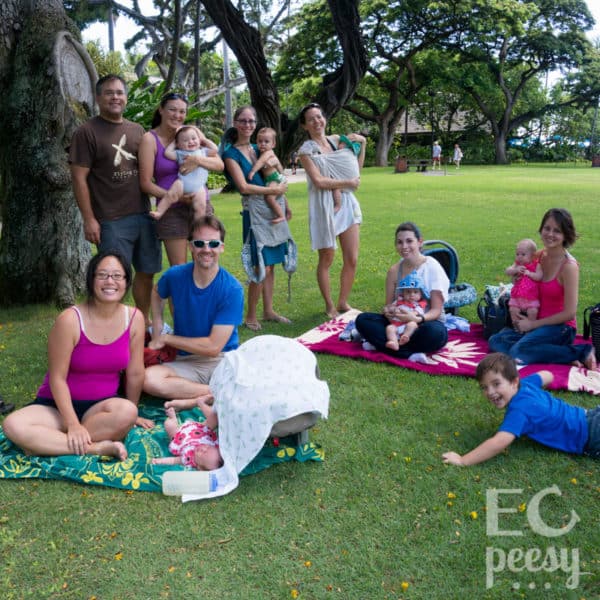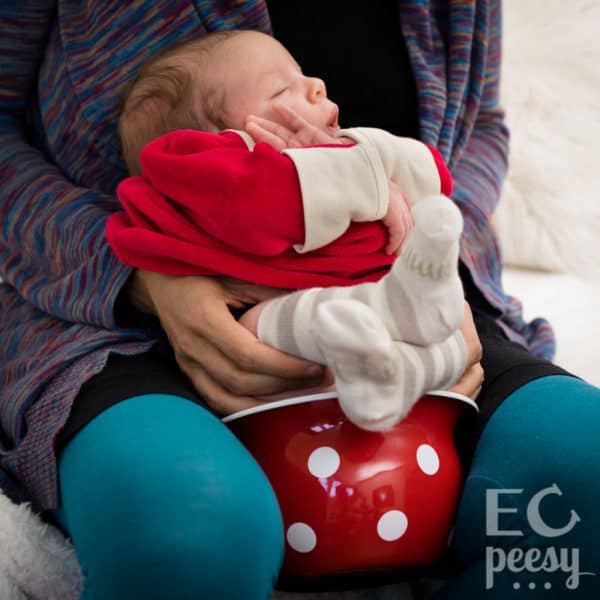Elimination Communication in a Nutshell
Let's take a look at elimination communication in a nutshell. What is EC? What are the benefits of EC? How does EC work?
The infographic below summarizes the basics of elimination communication. I made this infographic to help explain elimination communication to a local parenting group. It was first published on my blog Natural Beauty Lifestyle and has been widely popular on Pinterest.
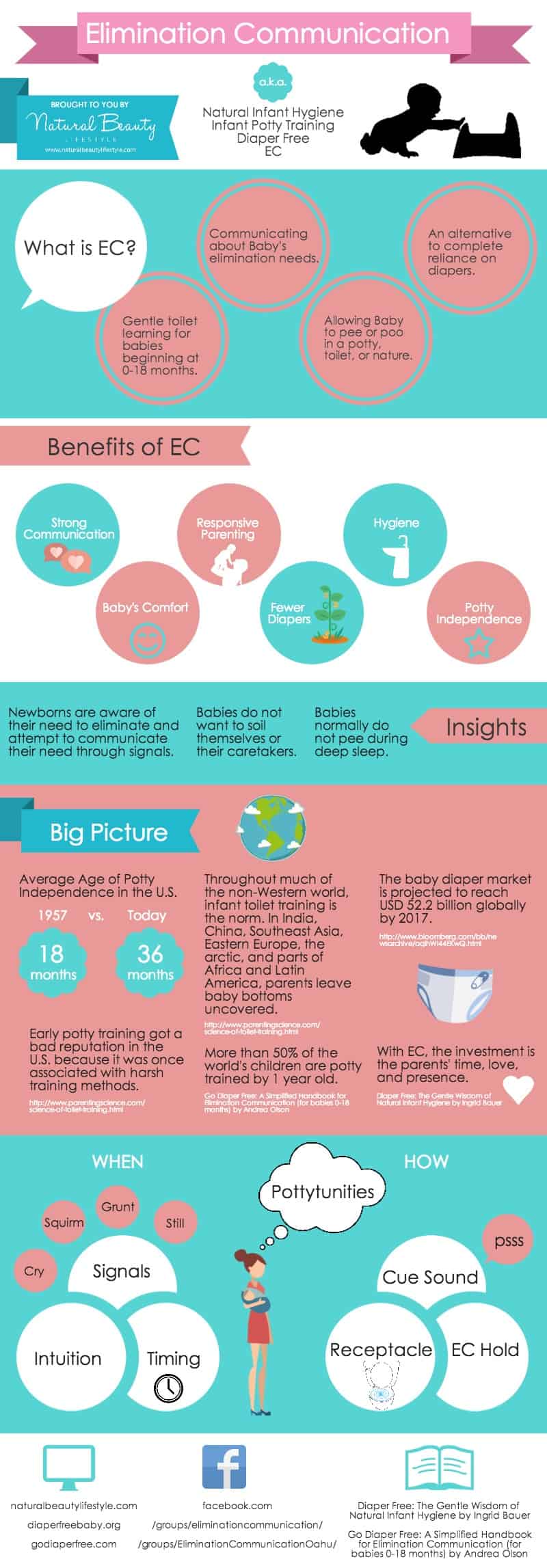
Disclosure: This post contains affiliate links. If you click on an affiliate link and make a purchase, I will earn a small commission, at no extra cost to you. Thank you for your support!
Here is the text of the elimination communication in a nutshell infographic:
Elimination Communication
Elimination Communication is also known as Natural Infant Hygiene, Infant Potty Training, Diaper Free, or EC. And in many parts of the world, there is no special name for it, it is just the way caregivers deal with a baby's need to eliminate.
What is Elimination Communication (EC)?
- Gentle toilet learning for babies beginning between 0 and 18-months-old.
- Communicating about Baby's elimination needs.
- Allowing Baby to pee or poo in a potty, toilet, or nature.
- An alternative to complete reliance on diapers.
Benefits of Elimination Communication
- Strong Communication
- Baby's Comfort
- Responsive Parenting
- Fewer Diapers
- Hygiene
- Potty Independence
Insights
- Newborns are aware of their need to eliminate and attempt to communicate their needs through signals.
- Babies instinctually do not want to soil themselves or their caretakers.
- Babies normally do not pee during deep sleep.
Big Picture - Potty Independence and the Diaper Industry
- The average age of potty independence in the U.S. was 18-months-old in 1957 versus 36-months-old today.
- Early potty training got a bad reputation in the U.S. because it was once associated with harsh training methods. Source.
- Throughout much of the non-Western world, infant toilet training is the norm. In India, China, Southeast Asia, Eastern Europe, the arctic, and parts of Latin America, parents leave baby bottoms uncovered. Source.
- More than 50% of the world's children are potty trained by 1-year-old. Source.
- The baby diaper market is projected to reach USD 52.2 billion globally by 2017.
- With EC, the investment is the parents' time, love, and presence. Source.
"Pottytunities" = Opportunities to use the potty
When to Offer Pottytunities
Parents offer pottytunities based upon:
- Timing;
- Intuition; and/or
- Signals.
Common signals of the need to eliminate include crying, squirming, grunting, or becoming still.
How to Offer Pottytunities
When offering a pottytunity, parents often use:
- A cue sound, such as "psss" or a grunt;
- EC hold or allowing the baby to sit up; and
- A receptacle, such as a toilet or potty.
That wraps up elimination communication in a nutshell. Next up, find our full list of Elimination Communication Books.

